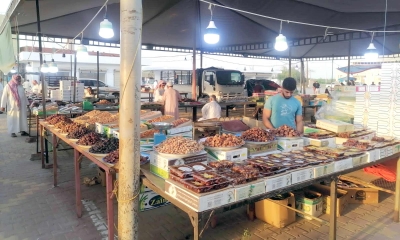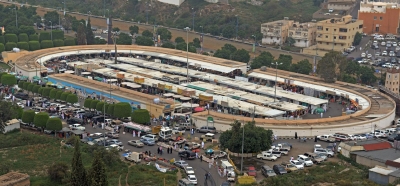
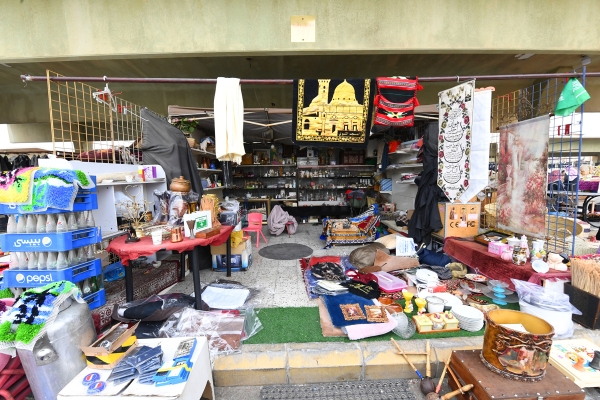
Traditional Markets in the Eastern Province are either open or partially/fully enclosed sites where various segments of society from different ages and nationalities come together. These markets trade in a wide range of goods, including traditional and handcrafted products, local foods, aromatic plants, and other activities.
Many areas in the Eastern Province have roots in various historical periods, during which commercial activities flourished, leading to the development of different types of traditional markets. Among these are the extended bazaars and the clustered bazaars known as Qaisariya. Qaisariya markets consist of adjacent shops with covered walkways between them, where the shops open onto these walkways. Examples include Souq al-Khamis in al-Qatif and Souq an-Nu'ayriyyah, one of the most important traditional markets in the Eastern Province, known for its rich historical heritage and authentic traditional culture.
Tourist traditional markets in the Eastern Province
The Eastern Province boasts two of its traditional markets selected by the Ministry of Tourism among eight targeted as tourist, heritage, and cultural sites across the Kingdom of Saudi Arabia. These are Souq an-Nu'ayriyyah and Souq al-Khamis in al-Qatif.
Some traditional markets host temporary events in their squares, such as "Ayyam Souq al-Hub" festival organized in 2019 in the squares of Souq al-Hub. It is a festival in Dammam that replicates traditional markets and includes traditional crafts.
Al-Qatif traditional market
Among the traditional markets in the Eastern Province, Souq al-Khamis stands out as a prominent landmark in al-Qatif Governorate, narrating an ancient past. Held every Thursday, the market attracts large numbers of residents from al-Qatif, neighboring cities, governorates, villages, and Gulf countries, particularly Bahrain. The market remains strong both economically and culturally. It offers a variety of traditional and local products such as palm fronds, local ghee, and birds, alongside modern products.
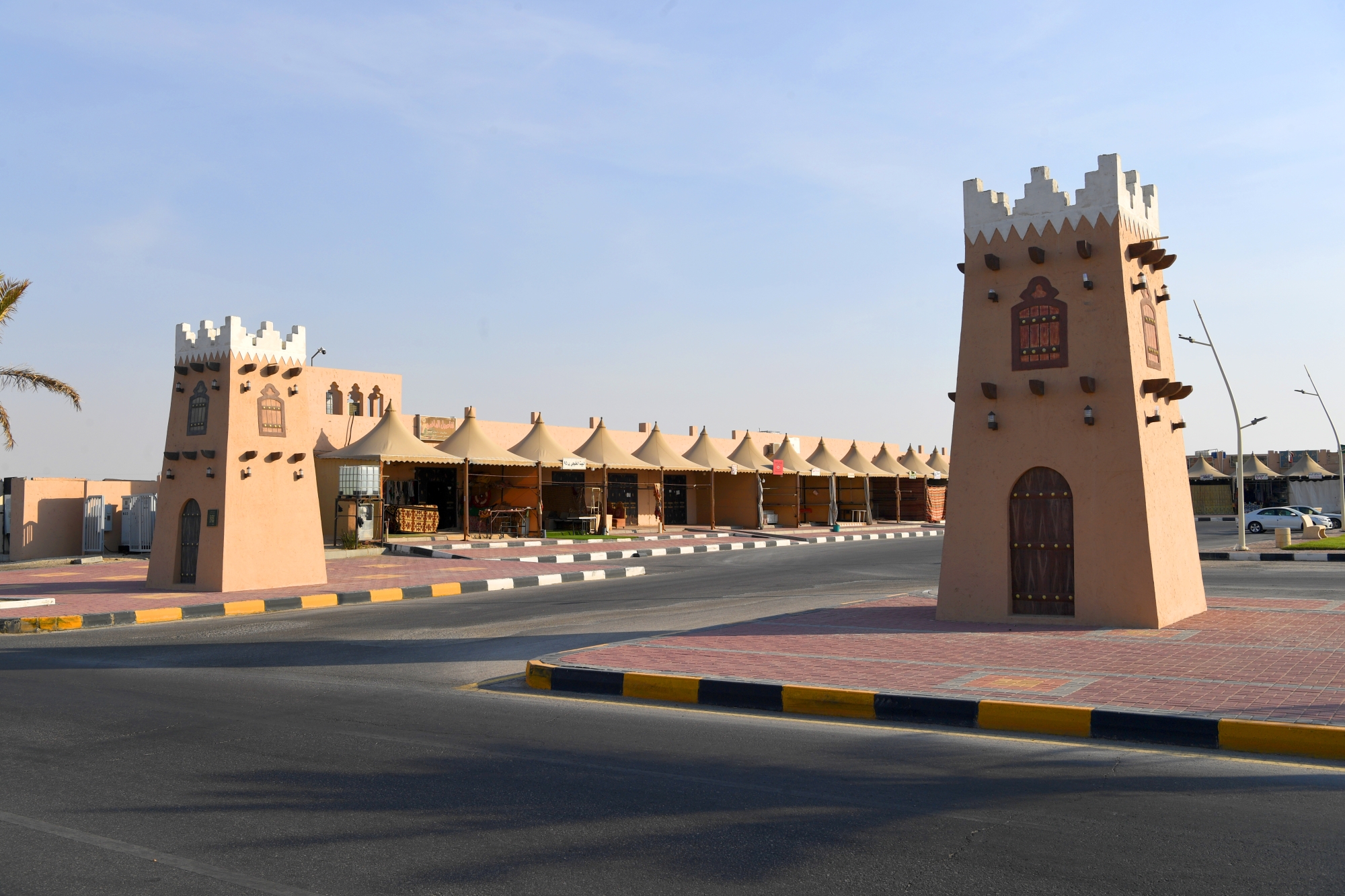
An-Nu'ayriyyah traditional market
The Eastern Province also includes Souq an-Nu'ayriyyah, one of the prominent Gulf markets, which began its activities about forty years ago. It serves as a tourist attraction and an economic contributor for productive families showcasing their traditional products and heritage items. The market features ninety-eight shops and includes crafts such as al-Sadu weaving and palm frond crafting, in addition to selling popular products like local ghee and Bedouin products.
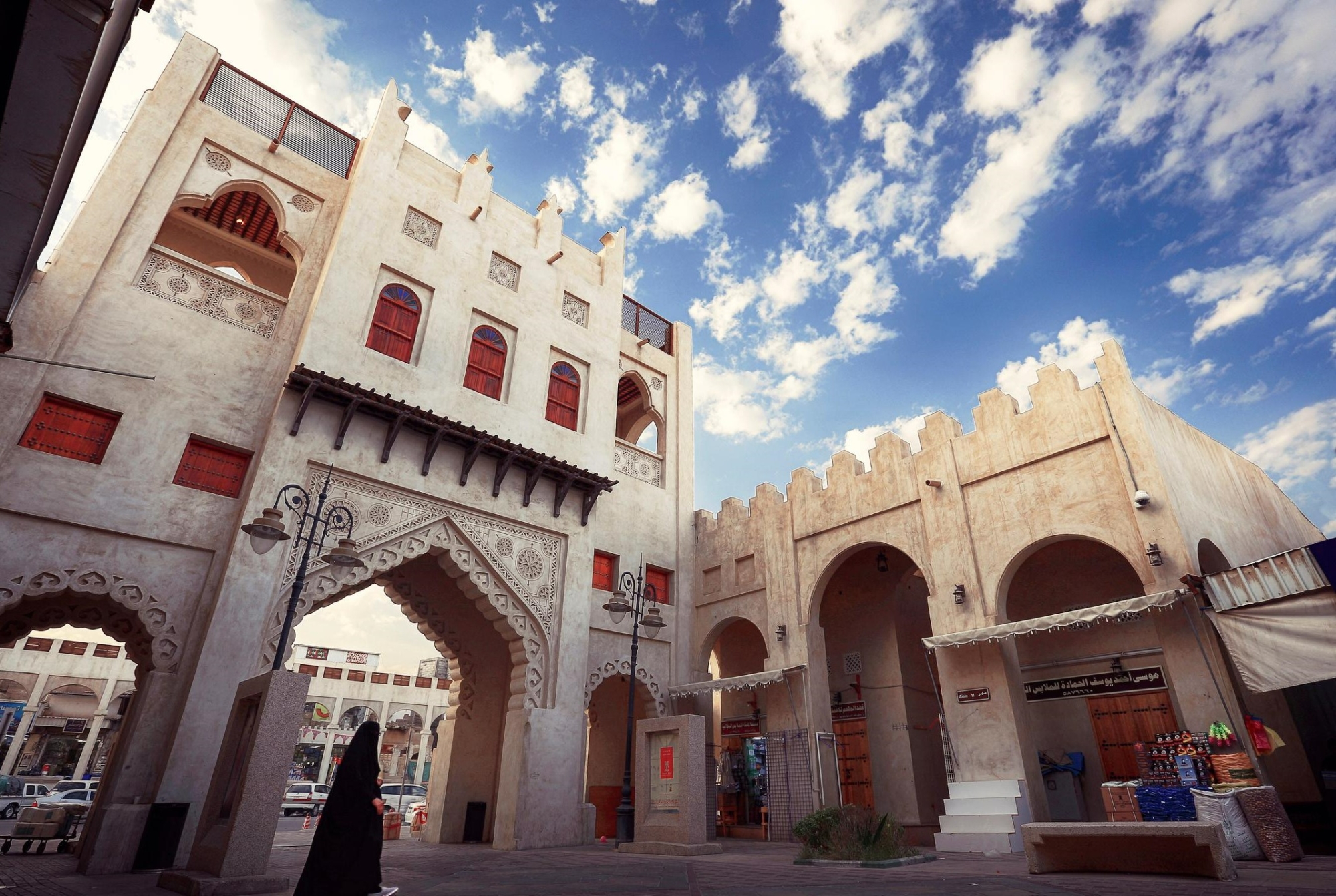
Qaisariya Market in al-Hufuf
Al-Ahsa Governorate in the Eastern Province is home to one of the prominent historical traditional markets in the Kingdom, Qaisariya Market. Historians note that it was renovated during the reign of King Abdulaziz Bin Abdulrahman Al Saud in 1916, although it originally consisted of scattered shops until the early twentieth century. Travelers mentioned the market in their diaries, and there are documents indicating its existence in the nineteenth century.
Qaisariya Market, located in al-Rifaa neighborhood of al-Hufuf City, was built in 1822. It houses about 422 shops designed in a traditional architectural style that reflects the heritage of the Eastern Province. The market's closed and covered corridors are notably high, providing comfort for visitors and allowing natural ventilation and lighting, making a stroll through the market a journey back in time with a rich historical atmosphere.
The importance of Qaisariya Market lies in its vital economic dimensions, extending from al-Ahsa, which has historically played a significant role in driving the Kingdom's economic activity. The market also holds historical, heritage, and cultural significance reflected in its architecture, layout, contents, crafts, and products. The market is distinguished by its diverse activities, fields, and offerings, which include traditional industries, copperware, leather goods, shoemaking, as well as the sale of gold, watches, perfumes, fabrics, clothing, bishts, cloaks, abayas, men’s and women’s accessories, household furniture, electrical appliances, kitchenware, and food items.
Related quizzes
